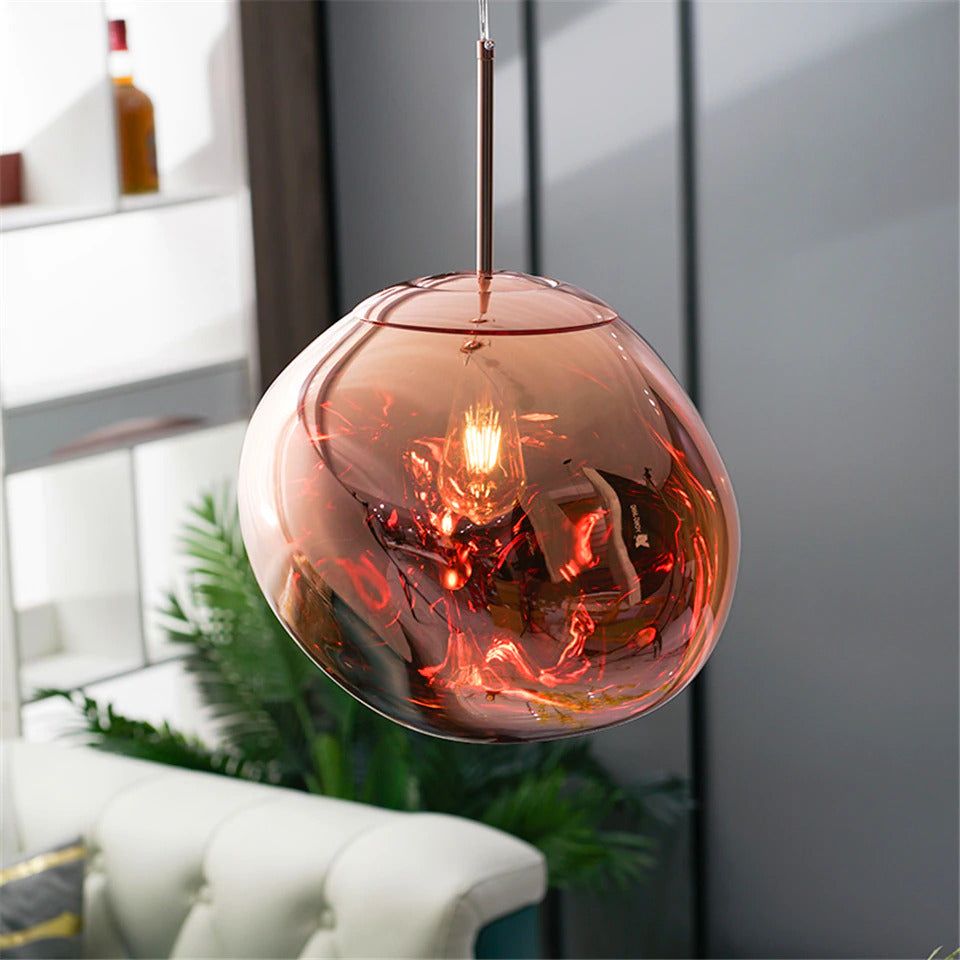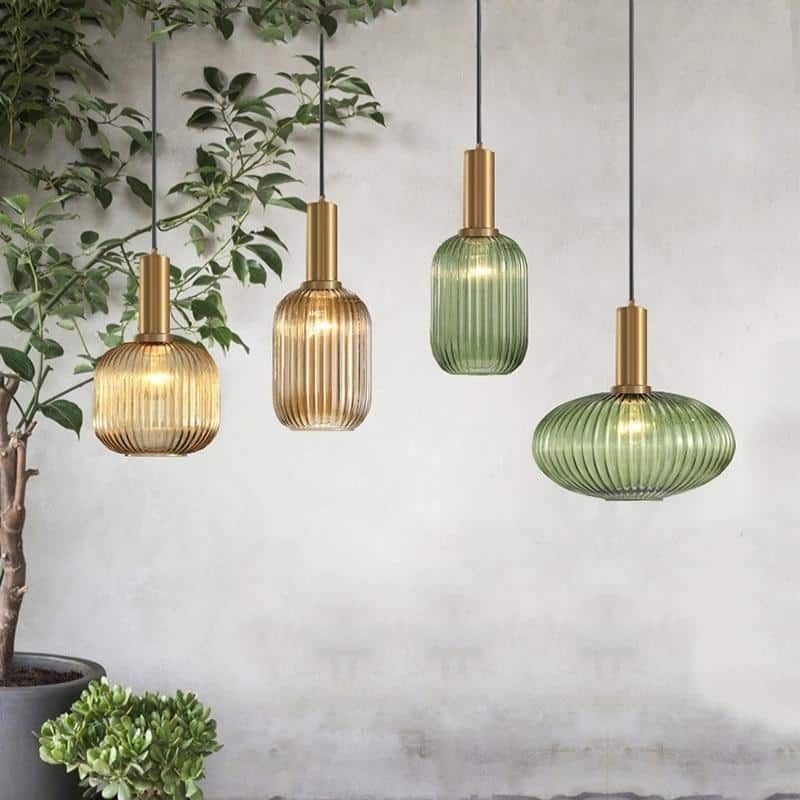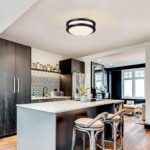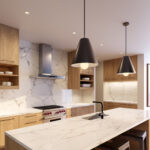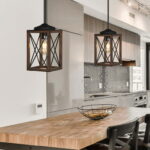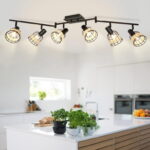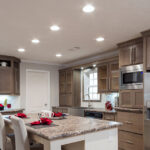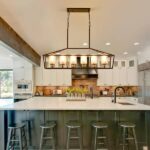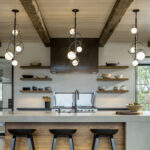Kitchen lights play a crucial role in creating a functional and inviting space for cooking and dining. Proper lighting not only enhances the aesthetic appeal of your kitchen but also helps in performing tasks efficiently. With a variety of options available in the market, choosing the right lights for your kitchen can be a daunting task. Here is a guide to help you make an informed decision when it comes to selecting kitchen lights.
The first thing to consider when choosing kitchen lights is the type of lighting you need. There are three main types of kitchen lighting: ambient, task, and accent lighting. Ambient lighting provides overall illumination to the kitchen, task lighting focuses on specific work areas such as countertops and sinks, and accent lighting highlights certain features or areas of the kitchen.
For ambient lighting, overhead fixtures such as pendant lights or chandeliers are popular choices. These lights provide general illumination to the entire kitchen and can be used in conjunction with other types of lighting for a layered effect. Pendant lights are versatile and come in a wide range of styles, making them suitable for both modern and traditional kitchens.
Task lighting is essential for illuminating work areas where food preparation takes place. Under cabinet lights, recessed lights, and track lighting are all effective options for task lighting in the kitchen. Under cabinet lights are discreet and provide focused lighting on countertops, while recessed lights can be installed above work areas to prevent shadows. Track lighting allows for adjustable lighting and can be used to highlight specific areas in the kitchen.
Accent lighting is used to draw attention to certain features or elements in the kitchen, such as artwork, architectural details, or decorative items. LED strip lights, wall sconces, and spotlights are popular choices for accent lighting in the kitchen. LED strip lights can be installed under cabinets or on shelves to create a subtle lighting effect, while wall sconces and spotlights can be used to highlight specific areas or objects.
In addition to the type of lighting, it is important to consider the color temperature of the lights. Warm white lights create a cozy and inviting atmosphere, while cool white lights are more suitable for tasks that require precision, such as cooking. Dimmable lights are also a great option as they allow you to adjust the brightness according to your needs.
When it comes to aesthetics, choosing lights that complement the style and design of your kitchen is essential. Whether you prefer modern, industrial, or farmhouse style, there are plenty of options available to suit your taste. Consider the finishes, shapes, and materials of the lights to ensure they blend seamlessly with the rest of your kitchen decor.
In conclusion, kitchen lights play a crucial role in creating a functional and inviting space for cooking and dining. By choosing the right type of lighting for your kitchen, you can enhance its functionality, aesthetics, and overall ambiance. Consider the different types of lighting available, the color temperature of the lights, and the style of the lights to create a well-lit and stylish kitchen that meets all your needs.
 Decorationg Interior Design
Decorationg Interior Design
